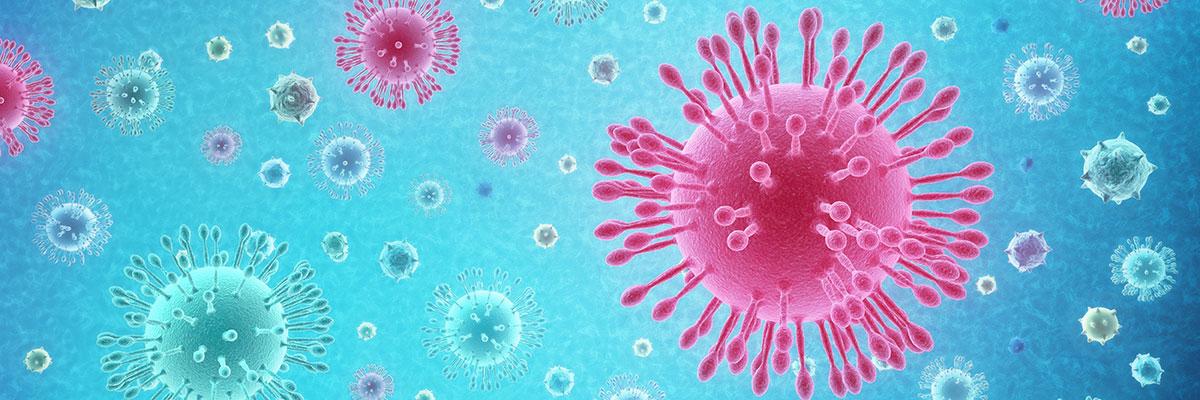

AHA Urges HHS to Distribute Additional Emergency Funds to Hospitals and Health Systems
Dear Secretary Azar:
On behalf of our nearly 5,000 member hospitals, health systems and other health care organizations, our clinician partners – including more than 270,000 affiliated physicians, 2 million nurses and other caregivers – and the 43,000 health care leaders who belong to our professional membership groups, the American Hospital Association (AHA) appreciates the Department of Health and Human Services’ (HHS) release of emergency funds to hospitals and health systems. This funding is an important step toward giving our hospitals support and resources in the fight against COVID-19. However, as the virus continues to spread, hospitalizations continue to occur, and Americans continue to forgo care, including primary care and other specialty care visits – more funds are urgently needed. Therefore, we ask the Department to distribute substantial additional funds to hospitals and health systems in an expedited manner and using a phased approach.
America’s hospitals and health systems have stepped up in heroic and unprecedented ways to meet the challenges of COVID-19. Yet, they are facing historic financial pressures. Many non-emergency procedures remain cancelled under state and local orders, and Americans are postponing care to stop the spread of the virus. Treatment for COVID-19 has created incredible demand for certain medical equipment and supplies, increasing costs. Indeed, the AHA estimates a total four-month financial impact of $202.6 billion in losses for hospitals and health systems, an average of $50.7 billion per month. Although the federal government has provided relief, more is needed, especially given the reality that many hospitals were already facing financial pressures. As such, we urge HHS to distribute additional funds to all hospitals, as well as to “hot spot” hospitals and hospitals serving high numbers of Medicaid and uninsured patients. At the same time, it should work to create a process by which to then reimburse eligible hospitals and health systems for health care-related expenses or lost revenues attributable to COVID-19 through a direct application process.
We recognize that standing up a process to directly distribute funds based on hospital applications is not an easy or quick task. This means that further distributions are necessary in the meantime to help maintain financial stability for hospitals. As such, we first urge the Department to distribute $10 billion in additional funds to “hot spot” hospitals to help offset the significant costs incurred in testing, diagnosing and treating COVID-19 cases. If an admissions-based payment is again used, consideration should be given not only to the most recently available data on the raw number of admissions, but also to the portion of a hospital’s admissions accounted for by COVID-19. The Department also should include an additional disbursement of $2 billion based on a hospital’s low-income and uninsured patient population, as it did previously. Second, we urge HHS to distribute $10 billion to hospitals serving high numbers of Medicaid and uninsured patients. These hospitals care for the nation’s most vulnerable patients, who, largely as a result of underlying health conditions, have suffered disproportionately from the pandemic. They have been hospitalized at greater rates, and required more care and resources once hospitalized. Third, we urge HHS to distribute $30 billion in additional funds to all hospitals, including rural and urban short-term acute-care, long-term care and critical access hospitals, as well as inpatient rehabilitation and inpatient psychiatric facilities. Funds should be distributed in an equitable manner, such as by the number of beds, as the Department recently did for skilled-nursing facility distributions. Lastly, HHS should then use the application process it created to distribute funds to hospitals and health systems based on their COVID-19-related costs and lost revenue.
We have previously communicated to HHS the types of costs and lost revenue that should be eligible for COVID-19 relief funds under an application process. They include, for example, expenses related to surge capacity, expenses related to ensuring an adequate workforce, and additional expenses, such as for managing and treating persons under investigation who may or may not turn out to be COVID-19 positive. We believe that processing applications and making payments either to individual hospitals or to a health system for all of its hospitals is appropriate. Health systems are often best suited to manage the monies and prioritize needs within their system.
Communities rely on America’s hospitals and health systems to be there for them in times of emergencies. Whether that emergency develops in the form of a natural disaster, like a hurricane or tornado, or as a virus, like COVID-19, hospitals and health systems and the front-line providers who work in them are prepared to fulfill their commitment to their patients. Yet many hospitals are in dire circumstances as they face the biggest financial crisis in history. While our members continue to do everything they can to address COVID-19 cases, quickly making substantial additional funds available would help them continue to put the health and safety of patients and personnel first, and in many cases, may actually ensure they are able to keep their doors open.
We appreciate your leadership and the ongoing work of the White House Coronavirus Task Force. We look forward to continuing to work with you during this critical time to protect the health of our nation.
Sincerely,
Richard J. Pollack
President and Chief Executive Officer

